Social determinants of health are defined by the World Health Organization as the conditions in which people are born, grow, live, work, and age (US Department of Health and Human Services, 2020). Living in an area of deprivation is a key field of study. Recent research suggests that while area-level deprivation may persist, there is movement of people in and out of these areas (the churn) (Jiang, Pacheco & Dasgupta, 2019). Within NI we can use indicators of deprivation and disadvantage to identify areas and populations that appear to stagnate, i.e. are persistently lacking in social and especially economic change. Additionally, we will examine the socio-demographic and socio-economic characteristics of families who migrate from such communities and the lasting impact, if any, that relocation may have on the life-chances of their children.
The main focus will be the socioeconomic trajectories and related outcomes of those who live in these areas over time and those who leave. Using NILS data will allow us to examine this issue in a manner not previously undertaken in NI. It provides the scope for longitudinal analysis (1981-2011): three points at which to examine intercensal change (transitions across time) for individual NILS sample members – 1981-1991, 1991-2001 & 2001-2011; and four time points at which to look at outcomes specific to each of the post-censual periods separately. With each we can examine different aspects of outcomes such as trends in social mobility, secular changes in health outcomes, especially mortality.


